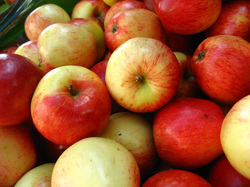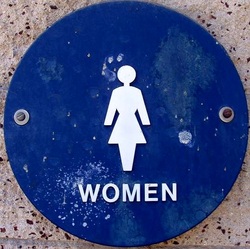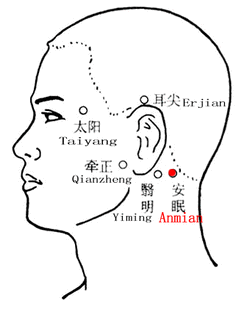
Serves 2
This is easy, sugar-free, not quick because it is in the crock pot but it is pretty much effortless...which is perfect in my book.
This dessert is delicious and needs no added sweetener, though I suppose it would be good topped with whipped cream or ice cream.
Ingredients
2 apples, cored and cubed
3/4 cup frozen or fresh blueberries
1/2 cup almond flour
1/2 cup large flakes of shredded coconut
1 heaping tablespoon raisins
1 teaspoon cinnamon
2 tablespoons coconut oil
pinch of celtic sea salt
Instructions
Place your apples and your blueberries into bottom of a crock pot. In a separate bowl, combine other ingredients and mix well. Put the mixture on top of the fruit in the crock pot evenly. Set on low and cook for 3 hours.






 RSS Feed
RSS Feed